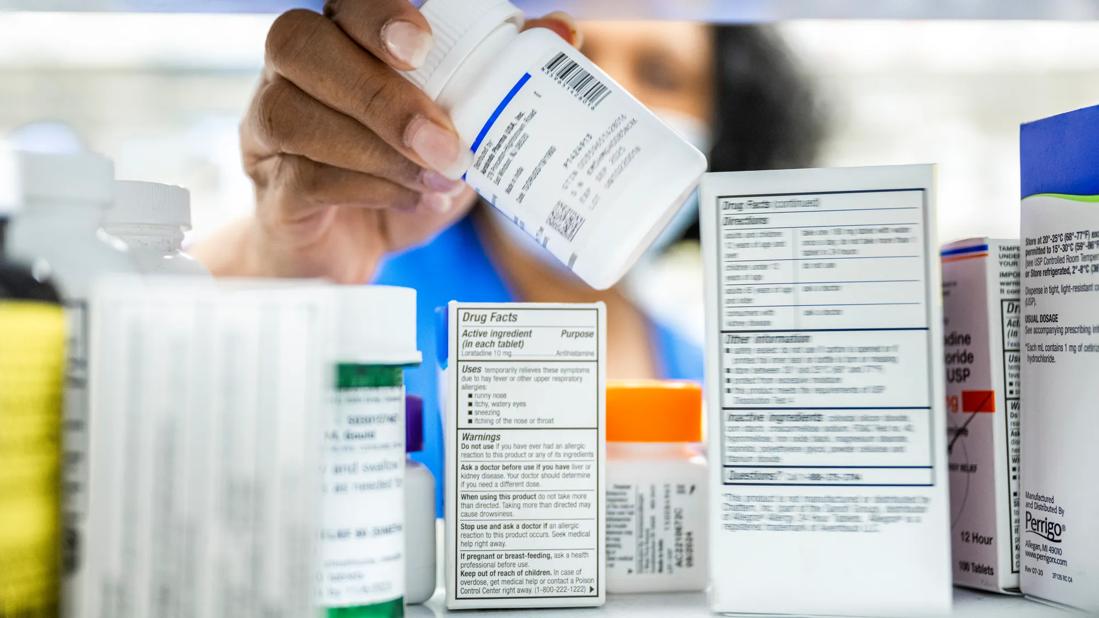Study reveals key differences between antibiotics, but treatment decisions should still consider patient factors

Patients with cirrhosis and ascites who develop spontaneous bacterial peritonitis (SBP) are routinely given prophylactic antibiotics to prevent recurrence. Now, a large new retrospective study by Cleveland Clinic researchers suggests that sulfamethoxazole/trimethoprim may be a more effective antibiotic in most patients.
Advertisement
Cleveland Clinic is a non-profit academic medical center. Advertising on our site helps support our mission. We do not endorse non-Cleveland Clinic products or services. Policy
It’s the first study to compare sulfamethoxazole/trimethoprim with ciprofloxacin, the two antibiotics most often prescribed for SBP. Researchers found that sulfamethoxazole/trimethoprim was associated with significantly better outcomes across almost all measured endpoints, including recurrence.
“I’m surprised,” says Cleveland Clinic hepatologist and senior author Dian Chiang, MD, MPH. “I was expecting the results would be similar and there would not be a significant difference.”
He notes that, between the two drugs, ciprofloxacin is more commonly prescribed for SBP.
Spontaneous bacterial peritonitis is the most common complication that results in hospitalization for people with cirrhosis and ascites and is also one of the most common triggers for cirrhosis decompensation. Guidelines call for prescribing prophylactic antibiotics after the first episode of SBP to prevent recurrence; however, the most used antibiotics have never been compared.
“We wanted to figure out which one works better in this very sick population,” Dr. Chiang explains.
For the new study, researchers used the TriNetX research network to analyze data on more than 11,100 patients prescribed sulfamethoxazole/trimethoprim and nearly 20,000 who received ciprofloxacin.
SBP recurrence was lower in the sulfamethoxazole/trimethoprim group, as was all-cause mortality. The patients who received sulfamethoxazole/trimethoprim also had lower incidence of ascites, hepatic encephalopathy, and variceal bleeding.
Although they were surprising, the results made sense, Dr. Chiang says.
Advertisement
“We know that resistance to quinolones, which is the class of medication that includes ciprofloxacin, is increasing in the U.S., so to some degree we were expecting that over time people may lose their response to this antibiotic,” he explains. “However, at the same time, we didn’t have concrete data to know whether sulfamethoxazole/trimethoprim can be better or more effective than ciprofloxacin.”
But while the study provided important information, he adds that physicians ordering antibiotics should continue to consider factors like the patient’s prior history of infection, antibiotic use, drug interactions and past side effects when making prescription decisions.
The research group plans to study how geographic variations in antibiotic resistance affect outcomes between the two drugs.
“The challenge of using antibiotics is that local antibiotic susceptibility and resistance may vary,” says Dr. Chiang. “So, identifying local resistance patterns may help guide physicians.”
The study, “Secondary Prophylaxis of SBP in Cirrhosis: Bactrim vs. Ciprofloxacin in a Propensity-Matched Real-World Study,” is to be presented at this year’s American College of Gastroenterology meeting.
Advertisement
Advertisement

Findings could help clinicians make more informed decisions about medication recommendations

The SPECCIAL study is the first to examine long-term clinical outcomes

Findings also indicate reduced risk of serious liver events

Findings are first to provide underlying explanation, linking the diagnosis to high-immune activation and worse clinical outcomes

Histotripsy is noninvasive and may generate abscopal effect

IBAT inhibitors, elastography and more

New device offers greater tumor control for malignant liver lesions

Reviewing how the drug can be incorporated into care